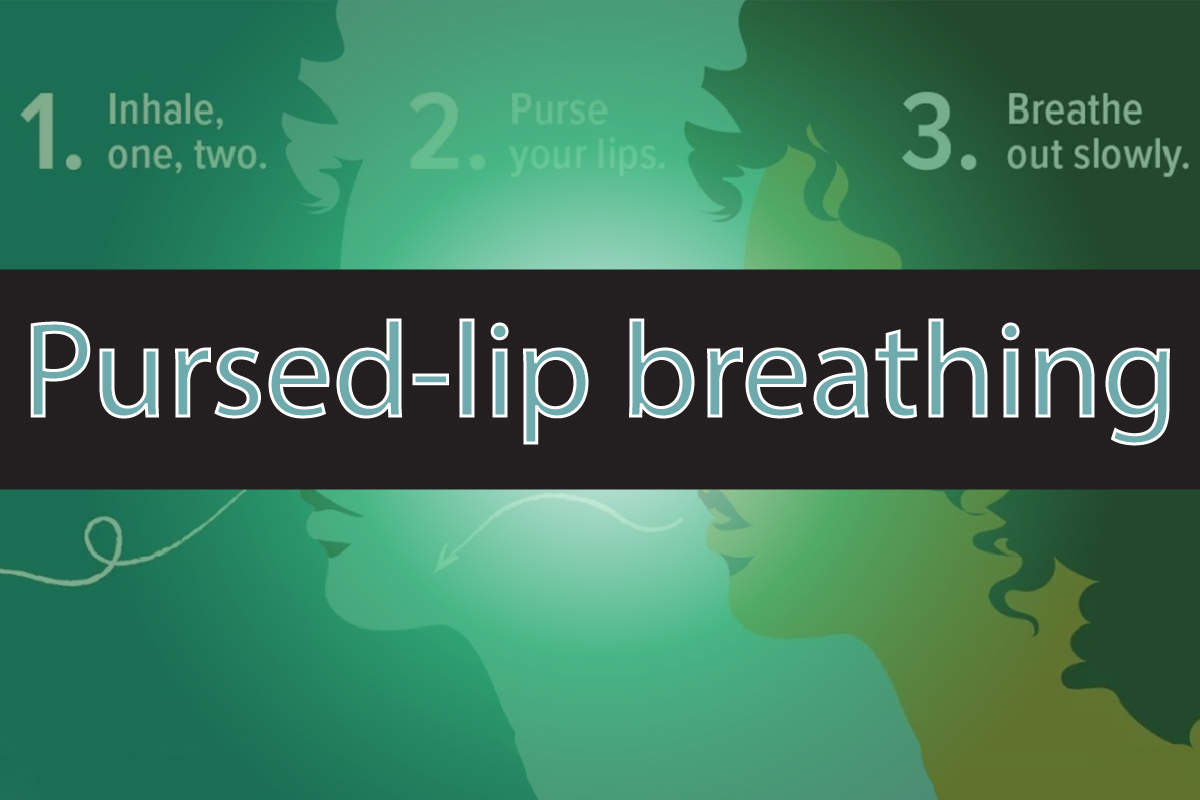- Home
- Editorial
- News
- Practice Guidelines
- Anesthesiology Guidelines
- Cancer Guidelines
- Cardiac Sciences Guidelines
- Critical Care Guidelines
- Dentistry Guidelines
- Dermatology Guidelines
- Diabetes and Endo Guidelines
- Diagnostics Guidelines
- ENT Guidelines
- Featured Practice Guidelines
- Gastroenterology Guidelines
- Geriatrics Guidelines
- Medicine Guidelines
- Nephrology Guidelines
- Neurosciences Guidelines
- Obs and Gynae Guidelines
- Ophthalmology Guidelines
- Orthopaedics Guidelines
- Paediatrics Guidelines
- Psychiatry Guidelines
- Pulmonology Guidelines
- Radiology Guidelines
- Surgery Guidelines
- Urology Guidelines
Study identifies Six breathing exercise which may improve COPD symptoms

Patients suffering from chronic obstructive pulmonary disease (COPD) are often advised to limit physical activity in order to avoid dyspnea which in turn leads to decreased exercise tolerance and increased anxiety. New research published in the Annals of Rehabilitation Medicine has Identified six breathing exercises which may play a promising role in improving COPD symptoms.
Shortness of breath or dyspnea is a common and bothersome symptom contradicted by chronic obstructive pulmonary disease patients. COPD exacerbation imposes a substantial burden to health care and is one of the major contributors of morbidity and mortality worldwide.
Six breathing exercises namely, Pursed-lip breathing (PLB), Ventilatory feedback training and ventilatory feedback (VF) training plus exercise, singing exercise, diaphragmatic breathing (DBE) and combined breathing exercises (BE) were compared for their effectiveness in improving COPD symptoms.
The authors conducted a Meta-analysis of 19 trials in cluding 745 COPD patients identified from a search of MEDLINE, CINAHL, Cochrane, Scopus, and ScienceDirect. Evidence quality and risk for bias were assessed by 2 methods, including Grading of Recommendation Assessment, Development, and Evaluation (GRADE).
Key findings of the study are as follows:
- Respiratory rate was improved by:
- Pursed-lip breathing vs control
- Ventilatory feedback plus exercise vs control.
- Diaphragmatic breathing exercise vs control.
- Combined breathing exercises vs control.
- Pursed-lip breathing vs control also increased:
- Tidal volume.
- Inspiratory time.
- Total respiratory time.
- Ventilatory feedback plus exercise vs control also increased inspiratory capacity.
- Singing vs control improved the physical component of QoL.
- All breathing exercises failed to improve dyspnea.
The study aimed at ascertaining the effects of six types of breathing exercises on ventilation, dyspnea, exercise capacity, and QoL in patients with mild to severe COPD.
" Based on low to moderate quality of evidence, PLB, VF plus exercise, DBE, and combined BEs, are conditionally recommended to improve ventilation. Singing exercise can also be used to improve the physical component of QoL in COPD patients. However, all types of BEs do not significantly improve the sensation of dyspnea relative to the control group. Since the effects of BEs exercise vary significantly between types of BE as well as outcome measures, care must be practiced when selecting BEs to ensure its effectiveness specific to COPD patients.

Disclaimer: This site is primarily intended for healthcare professionals. Any content/information on this website does not replace the advice of medical and/or health professionals and should not be construed as medical/diagnostic advice/endorsement or prescription. Use of this site is subject to our terms of use, privacy policy, advertisement policy. © 2020 Minerva Medical Treatment Pvt Ltd